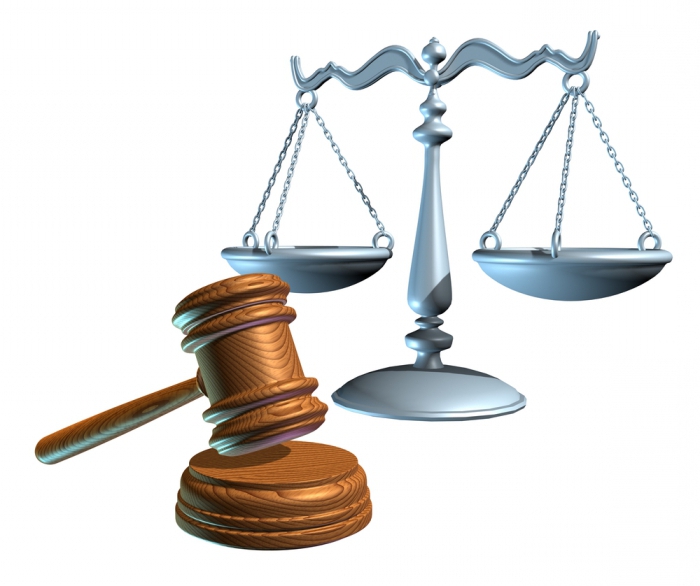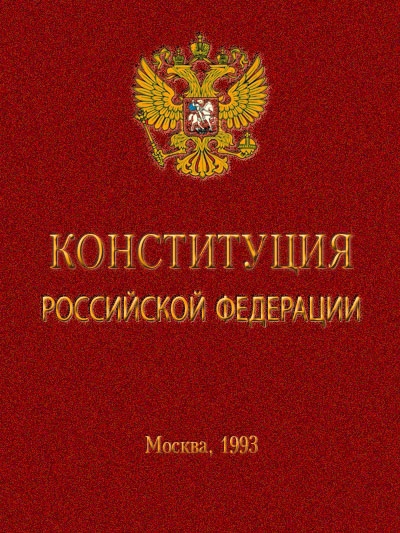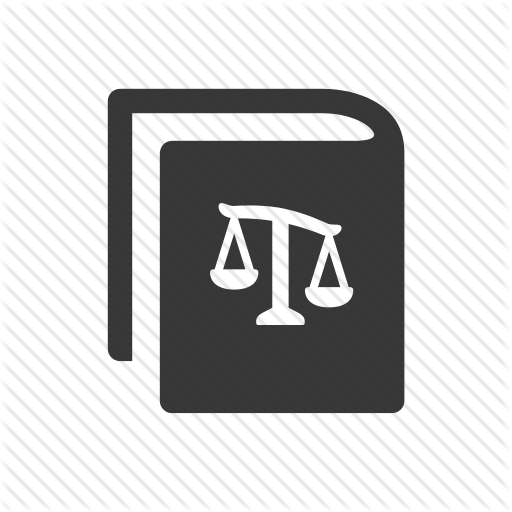The Constitution is the basic law in Russia and in many other states. This legal act is fundamental in terms of organizing a system of political governance, defining the principles of economic and social development, and creating mechanisms for protecting human rights and freedoms. What is the specificity of such a legal category as the constitution? What are the features of the basic law of the Russian Federation?
Definition of the term
What is the concept and essence of the constitution of the state? The term in question is of Latin origin. It is a transcription of the word constitutio, which has such meanings as "device," establishment ", or, for example," institution ". In the context of state and law, this term began to be used in ancient Rome. Constitutions in the Roman legal system were understood as acts in the framework of which the imperial government established some types of norms and orders. However, in the period after the collapse of the Roman Empire and in the Middle Ages, this term was not used very actively, although it was observed in the theory and practice of political governance.

At the end of the 18th century, the United States, France and Poland adopted the basic laws of the state, which have the highest legal force. The concept and essence of the constitution at that time were quite close to the modern interpretation of the specifics of this legal act. This document was understood as a key legal source on the basis of which the entire national legal system was to be built. None of the acts adopted at the level of state power should have been contrary to the Main Law of the country.
What is the modern interpretation of the constitution? The essence of this source of law in widespread sources is revealed within the framework of the approach, which assumes, first of all, that such legislative acts are primary with respect to other laws and sources of norms adopted in the state. The main goal of introducing the constitution in the country is to determine the key principles within which political power manages society, the economy, and builds state institutions.
Constitution and separation of powers
However, not only the socio-political nature of the constitution predetermined the demand for such sources of law in individual countries, and then around the world. The fact is that this type of legal act turned out to be a successful tool for introducing principles of governance new to some states. So, for example, in the political system of the United States with the adoption of the constitution, the principle of the separation of powers into three branches: legislative, executive, and judicial, was actually implemented for the first time in the world on a national state scale. Prior to this, it was considered in detail in the scientific studies of theoreticians, but was not actively introduced in the practice of building national models of political governance.
The Constitution of the Russian Federation, approved in 1993, also proclaimed the principle of separation of powers into three branches as a key mechanism of public administration. This was preceded by provisions in the Declaration of Sovereignty of the RSFSR. In the USSR, before perestroika, such concepts did not receive distribution - the country was governed by a vertically integrated model of councils, combining both legislative and executive powers.
Constitutional Functions
The constitutions of modern states are characterized not only by the title function.The relevant features of the basic laws may be different. So, for example, the social functions of constitutions are important, which can be expressed in economic, cultural, educational aspects. The basic law can also be an instrument of patriotic education. For example, the adoption of such a document as the Constitution of the Russian Federation became an event so significant for the civil society of Russia that it acquired the status of a public holiday.
Specific Features of the Constitution
What is the difference between the Basic Law of the State and other normative acts, apart from being primary in the aspect of legal force? In the modern interpretation, the main distinguishing feature is the direct participation of the people in its adoption. So, the Constitution of the Russian Federation was approved in the framework of a national referendum. Another sign of the type of legal act under consideration is a multi-stage procedure for adjusting provisions, as well as the presence of barriers to any change in its individual parts. Thus, the constitution should be the most stable of all laws that are adopted in the state.
Content
The first world examples of the main state law, as well as theoretical concepts reflecting the concept, essence, and functions of the constitution, suggested that the relevant legal act would regulate legal relations in three main aspects: personal rights and freedoms of a person, organization of political institutions, as well as the principles of administrative structure state.

But over time, provisions related to foreign policy communications, economic development, and society began to be included in the structure of basic laws. Human rights and freedoms in various aspects began to be specified, issues of ecology and supervision began to be addressed. As international communications developed, the necessary corrections were also introduced into the national constitutions of states. So, for example, in 1992, a section appeared in the main law of France, which included provisions reflecting the specifics of interaction between the state and the European Union.
In modern countries, the concept, essence, and functions of the constitution are mainly associated with legal norms that enshrine the foundations of statehood, individual rights and freedoms, the administrative structure of the state, the principles of the formation of government at different levels, and key aspects of socio-economic development and international cooperation.
Classification: Codification Factor
The essence and content of the constitution we investigated. Now consider what are the most common varieties of relevant legal acts. The basic laws of Russia, the USA and most modern states are documentary sources, they have a written form and form the first category of acts of the type in question - written constitutions.

Unwritten laws
However, there are corresponding types of legal acts that are not codified in a separate document. For example, Great Britain does not have an independent constitution, but its functions are actually performed by a combination of various laws, judicial precedents, and legal customs. The Constitution, which is not de jure adopted, but de facto acts through other sources of law, is classified as unwritten. Other types and criteria for classifying constitutions are also distinguished in political theory. The spectrum of their varieties is quite wide. So, the constitution can be designated as granted, actual, real, flexible, rigid. However, most of them will one way or another relate to written ones or those that are not codified within a separate document.
Features of the Constitution of the Russian Federation
Having examined the nature and types of the constitution, we examine the specifics of the corresponding source of law adopted in Russia.As we noted above, it was adopted with the direct participation of the country's population in a referendum on December 12, 1993.

The adoption of the Constitution of the Russian Federation was necessary from the point of view of legal consolidation of the basic principles of managing the new state and its economy, the development of society, building international relations. Above, where we examined the concept, essence and types of constitutions, we identified two types of basic laws - codified and unwritten. For the Russian Federation, experts believe that only the first option was acceptable.
Despite a rather sharp rejection of communist principles and the transition to a free market, the concept and essence of the Constitution of the Russian Federation was associated with the need to build a social state where every citizen, despite capitalist priorities in economic development, would have the opportunity to successfully develop in fair conditions.
The main part of the provisions of the main law of Russia is connected with the principles of building the mechanism of state power. As in many other countries, the essence and structure of the Constitution of the Russian Federation reflect the legal mechanisms necessary for the state to be involved in the development of man and society.
The provisions of the key law of the country reflect the powers characteristic of various government posts and authorities, the principle of independence of local self-government is enshrined. The Constitution actually reflects the need to recruit powerful armed forces in the Russian Federation: at the level of the country's basic law, it is said that military service is an honorable duty of Russians.
The system of laws in accordance with the Constitution of the Russian Federation
The essence of the Constitution of the Russian Federation predetermined the following model of subordination of various sources of law. At the top level - in fact, the very basic law of the state. Next in importance are federal constitutional laws. Regarding the next step, which reflects the legal force of legal acts, there are active discussions among Russian lawyers. Some experts put federal laws on it, others - international treaties. The discussion is due to differences in the interpretation of one of the provisions of the Constitution, according to which international laws should be adopted in the first place.
The main argument of the supporters of the point of view that the Federal Law should be higher - not all agreements signed between the Russian Federation and other states fall under the definition that is present in the main law of the country.
Further in the subordination of legal acts are subordinate sources - decrees of the President of the Russian Federation, as well as resolutions of the Government of Russia and its ministries.
The next level of legal acts in the Russian Federation is regional. It is represented by laws and other normative acts adopted in the subjects: republics, territories, regions.
The most important aspect that determines the essence of the Constitution of the Russian Federation is the separation of the municipal system of power from the state. However, those laws that are adopted in Russia at the local level, which form along with the federal and regional national legal systems, should not contradict the Constitution and legal acts created to implement its provisions.
How the basic law was adopted
Having examined the essence of the Constitution of the Russian Federation, it will also be useful to study the main points associated with the adoption of the basic law of Russia. The history of the constitutional process in the Russian Federation is interesting.
In 1990, the Declaration of Sovereignty of the RSFSR was proclaimed. In fact, this meant that in the new republic it was also necessary to create an updated constitution, reflecting the current socio-political and economic realities. In June 1990, a special Constitutional Commission was formed, which included the President of the RSFSR, as well as representatives of the administrative-territorial entities that were part of the republic.

Having overcome several stages of refinement, the draft Constitution in March 1992 was published in the media. Over the next months, in accordance with the recommendations of the Congress of People's Deputies, the President of Russia, and experts of the Constitutional Commission of various profiles, this document was also amended. The third draft of the main law of the state was approved on October 16, 1992. However, in the framework of the hearings of the Congress of People's Deputies, it was not possible to adopt a constitution. According to a common version, difficulties were associated with contradictions between the authorities at the legislative and executive levels. As a result, an initiative was expressed - to submit the draft Constitution to a popular vote.
In May 1993, the Constitutional Commission of Russia issued a decree containing the main provisions of the draft Constitution of the Russian Federation. The basic law of the state, in the form approved by the deputies of the Supreme Council, was soon published; Russian citizens were able to familiarize themselves with its contents.
Presidential format
The essence of the Constitution of the Russian Federation at the project stage was largely related to the implementation of democratic principles. From the point of view of the interaction of the legislative and executive branches of government, it was assumed that the powers of the President of the Russian Federation would be relatively small, the country should have developed as a parliamentary republic. However, by October 1993, a draft Constitution was drafted, presupposing the predominant role of the President of Russia in the public administration system. It was assumed that the decisive word regarding the adoption of the basic law of the country will be said by the people in the referendum process.

A popular vote, in which the citizens of the Russian Federation decided whether to approve or reject the draft Constitution proposed by the authorities, took place on December 12, 1993. By that time, the concept and essence of the Constitution of the Russian Federation was explained to the population of Russia through various channels, which would allow citizens of the country to make a reasonable choice. More than 58 million Russians, or about 54.8% of registered voters, participated in the vote. The draft Constitution was approved by 58.4% of voters. So for the first time in the history of Russia in the course of a popular vote the national Constitution was adopted.